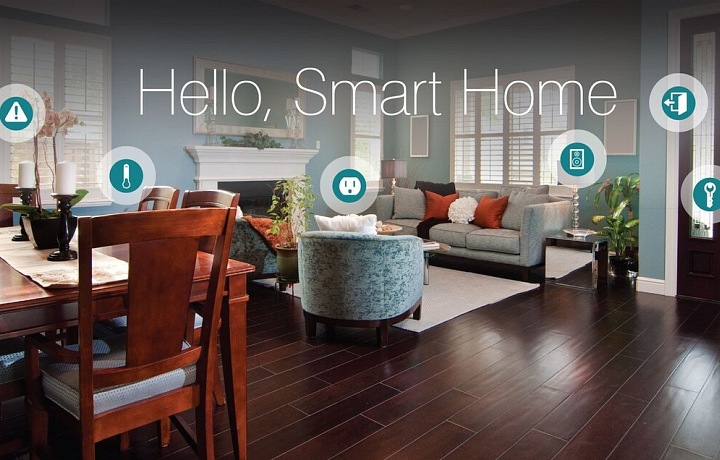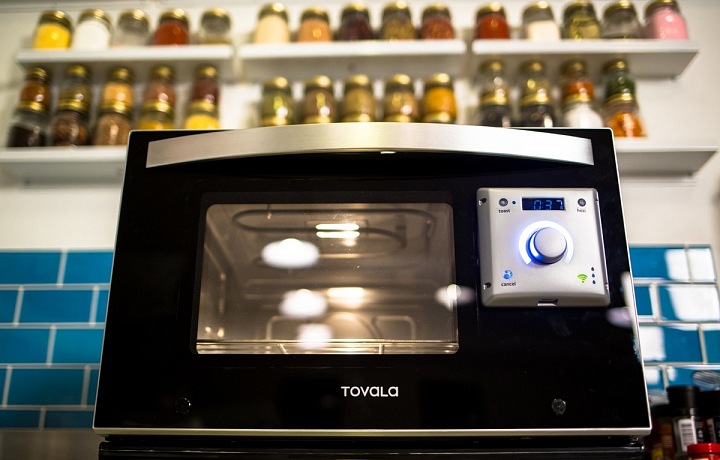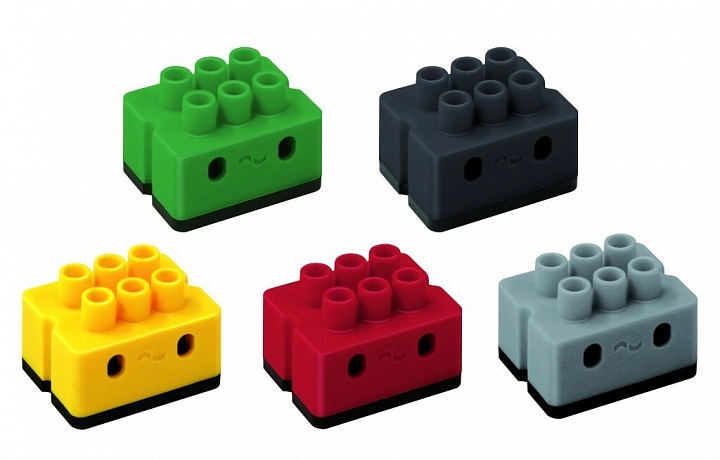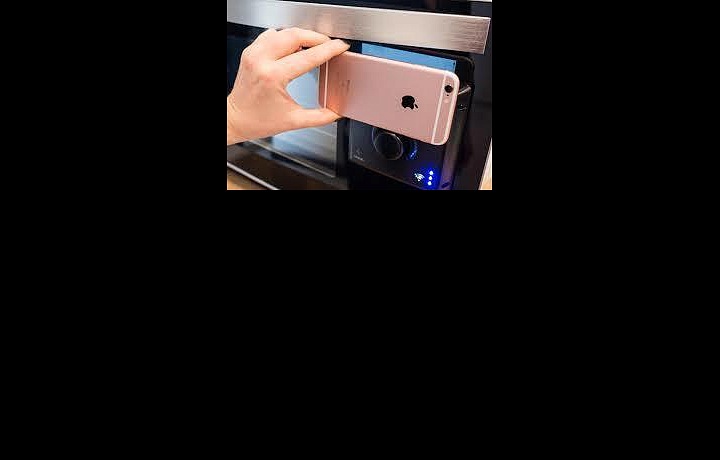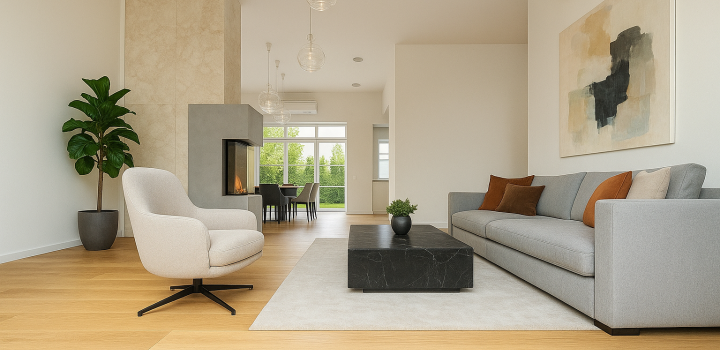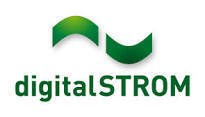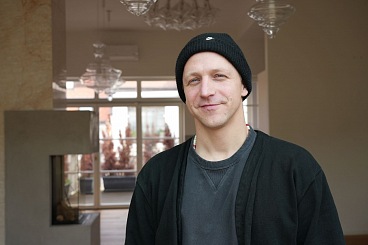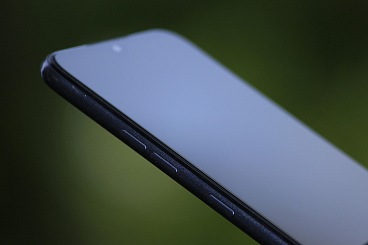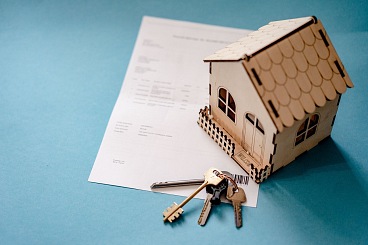Smart technology changes the style of our traditional living
From smart ovens to an intelligent system for a luxurious sleep
Nobody bats an eyelid at automatic blinds these days, a simple gesture of the hand ensuring influx of light. We have gotten used to this being a normal part of our lives. We nowadays have smart ovens, an example of these being the oven by Tovala, which is able to read barcodes and modify steam and heat settings to allow your food to cook in the optimum manner. Equipment is also available promising to help us deal with our everyday worries and also some unusual ones. For example, the Netatmo weather station measures the level of pollution and heat and makes it possible to ascertain whether you need to water the garden. Is that not luxurious? There is even a so-called Nightingale available, technology adapted to your sleeping pattern which plays healthy sounds in your bedroom.
Smart home - Google
An obstacle to mass acceptance is the technological fragmentation of smart home ecosystems. A lot of companies are working on resolution of this problem. Google has developed its own smart home system which uses extensive search options. First and foremost, Google Home allows you to gain full information from the internet in a more intelligent manner than using a mere voice search in Google. The assistant tries to understand your questions and to search for relevant information according to that and to then present this in a more human way. Google Home works as a control point for several intelligent systems, including for example Nest, Chromecat, Samsung, SmartThings, Phillips and others.
Luxury DigitalSTROM
Once step ahead, is the digitalSTROM company specialising in complete digital home transformation. Using company platforms, analogue devices are made digital and are interconnected using software which conducts their interaction. For example, music stops playing when somebody rings the doorbell and you can set the water temperature on your kettle using a voice command.
Retrofitting analogue systems for digital transmission is performed with the aid of the home, an electrical system which essentially bears the label digitalSTROM. It is currently limited to countries which use 220-240 volts (Europe and most of Asia). Existing smart technologies such as audio-visual systems which are already installed in the home can also be incorporated in this platform.
Is it possible to imagine this?
Here is an example: you hold your hand under running water and a camera linked to the Microsoft cloud service for image recognition sees the sink and your hand. On the basis of this, it sets the water to a pleasant temperature. Holding a cup under the tap means that it is filled with cold water. The water stops automatically when the cup is full. Luxurious interconnection of technology – what do you say to that?


